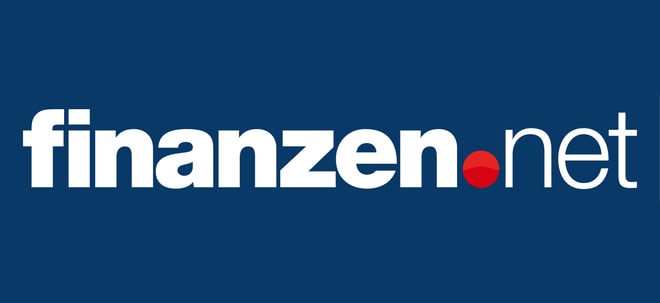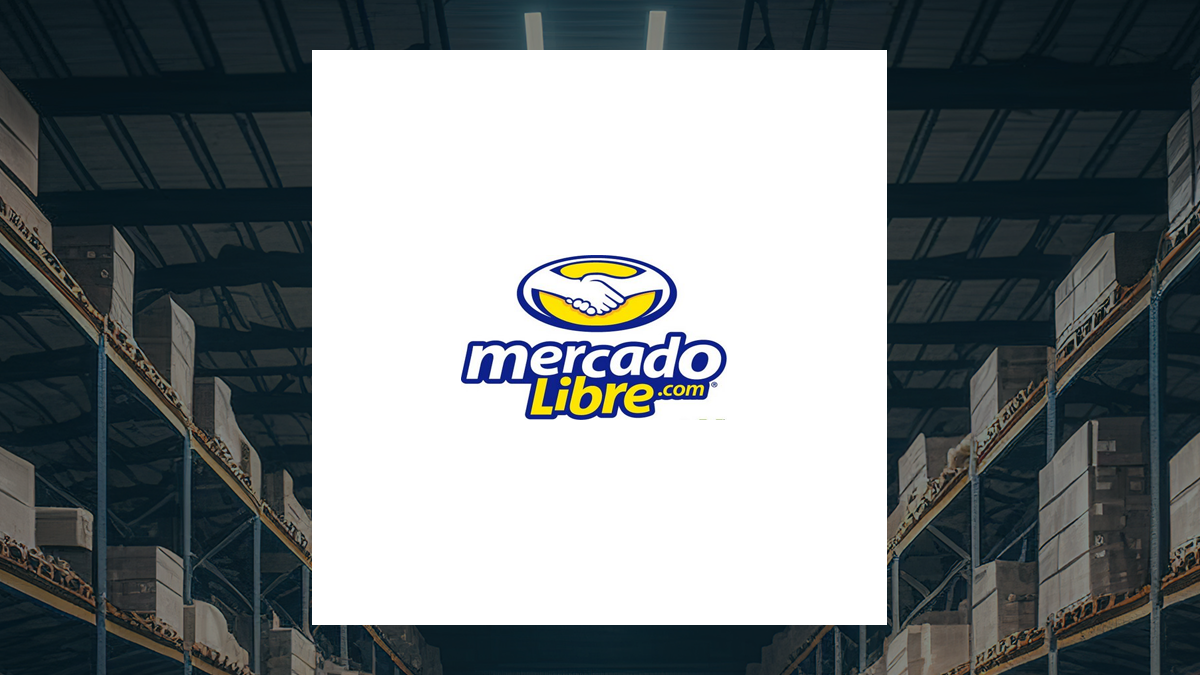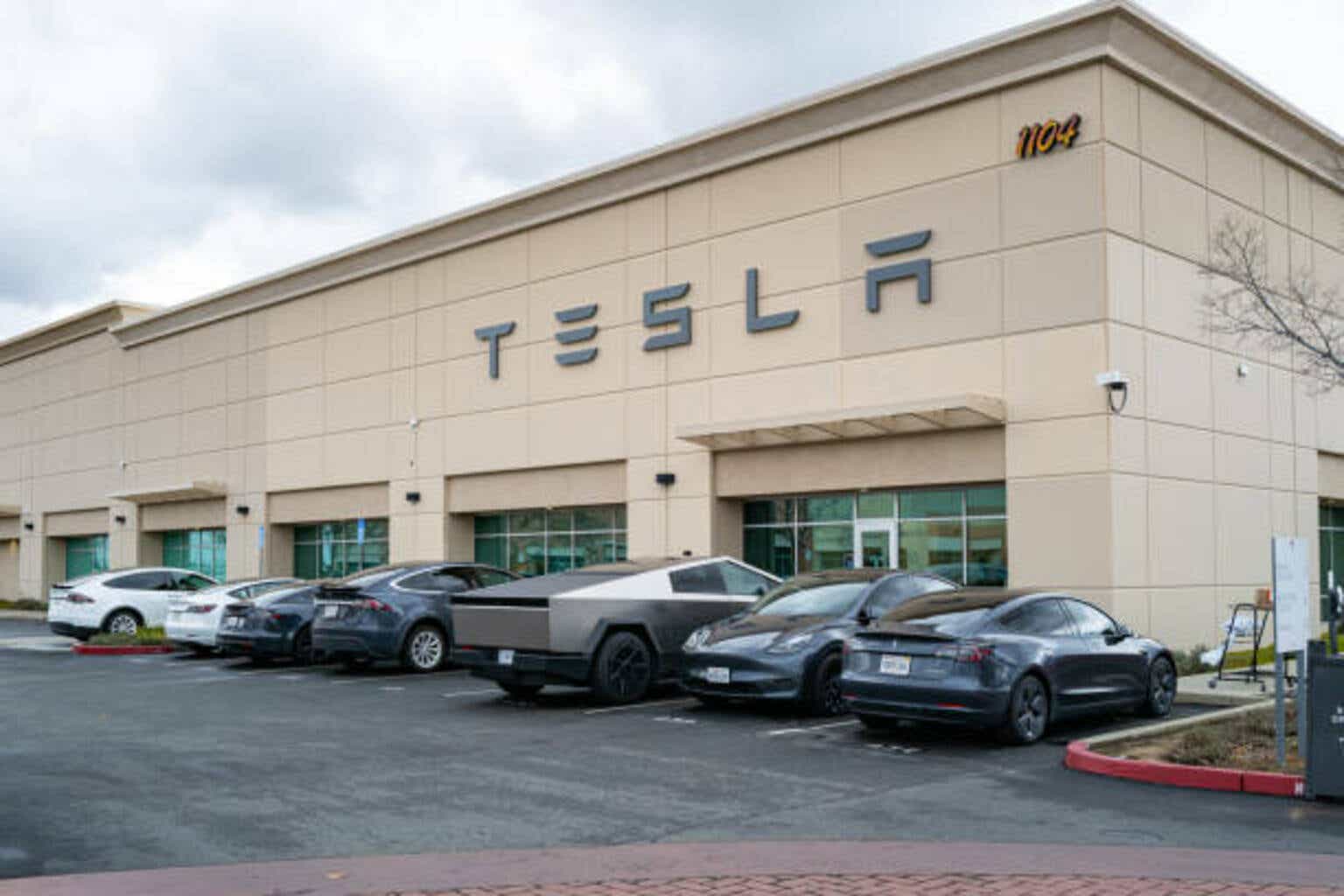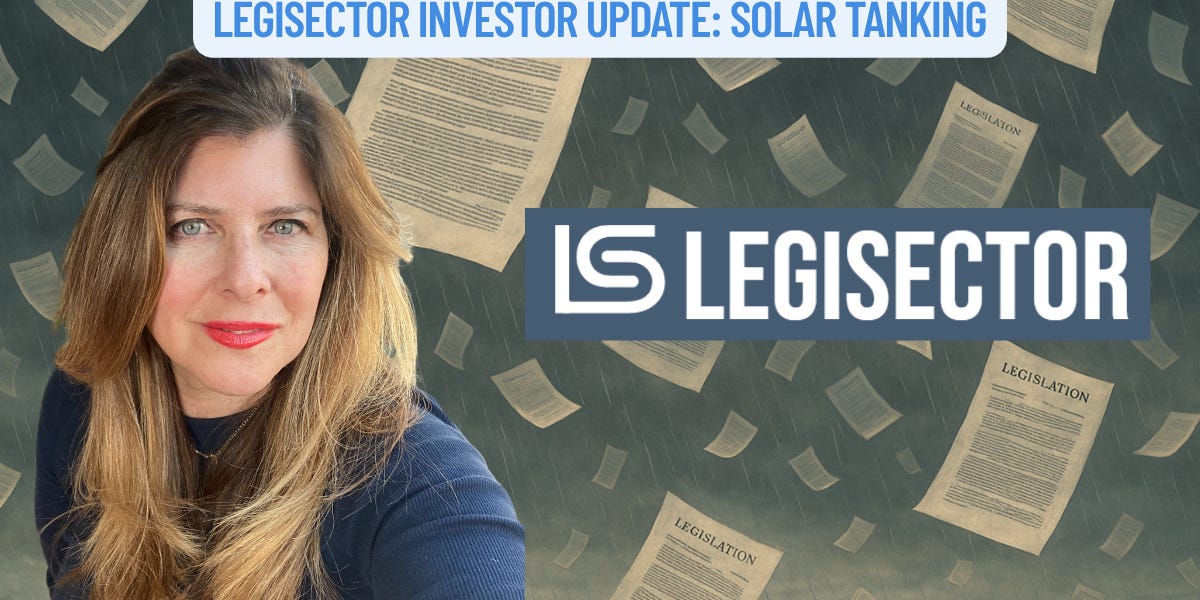The Future of Laundry Care: Waterless Solutions and
Growth is being propelled by increasing urbanization, rising hygiene awareness, and evolving consumer habits. Consumers are shifting toward eco-conscious choices, driving demand for plant-based detergents and biodegradable softeners.
Innovations like laundry pods and concentrated liquids offer both convenience and reduced environmental impact through lower packaging waste. E-commerce and direct-to-consumer platforms have enhanced access to premium and niche laundry products globally. Health-conscious buyers are particularly drawn to products offering antibacterial protection, long-lasting fragrance, and allergen-free formulations.
As sustainability and efficiency become central to consumer preferences, brands are responding with diverse, high-performance solutions tailored to both developed and emerging markets.

Urbanization is reshaping consumer habits, particularly in emerging markets, where the expanding middle class is embracing modern laundry routines. Increased access to appliances like washing machines has boosted demand for liquid detergents, fabric softeners, and stain removers. In urban areas, convenience and time-saving features are key purchasing drivers.
According to the World Bank, over 56% of the global population resided in urban areas by 2024, a figure that is expected to continue rising. This demographic shift supports the surge in demand for efficient household cleaning products. Furthermore, the growing middle-class population in regions such as Asia-Pacific, Africa, and Latin America is driving the adoption of premium, multi-functional laundry care products. These consumers are increasingly willing to pay more for branded solutions that offer added benefits like fabric protection and fragrance, reflecting a broader lifestyle transformation linked to income growth and urbanization.
A major challenge facing the laundry care industry is increasing environmental scrutiny over chemical-based formulations. Ingredients like phosphates, optical brighteners, and synthetic fragrances are associated with water pollution and health risks, particularly for sensitive users. Regulatory agencies such as the ECHA and EPA are enforcing stricter standards on ingredient safety, biodegradability, and labeling.
For example, in 2024, the EU's REACH regulation expanded restrictions on certain non-biodegradable surfactants. These developments compel manufacturers to invest heavily in R&D to create compliant, sustainable alternatives, often at a higher production cost. However, some eco-friendly solutions struggle to match traditional formulas in cleaning performance, particularly in hard water or low-temperature settings. This balance between effectiveness, affordability, and environmental responsibility remains a persistent obstacle for brands seeking to meet regulatory and consumer expectations simultaneously.
The shift toward water-efficient laundry solutions is gaining traction as concerns about water scarcity intensify. Conventional laundry routines consume considerable water, prompting innovation in alternatives such as concentrated gels, detergent sheets, and powder-to-liquid tablets. These products are designed to work effectively with reduced water usage.
In 2024, startups in Europe and North America launched rinse-free sprays and probiotic fabric cleansers that clean garments without water. Collaborations between detergent brands and appliance manufacturers are also producing low-water machines optimized for minimal-foam formulas. These developments cater to eco-conscious consumers and those in water-stressed urban environments or mobile lifestyles like van living. As climate challenges escalate, water-saving laundry products are expected to represent a long-term shift within the market.
In this report, the Global Laundry Care Market has been segmented into the following categories, in addition to the industry trends which have also been detailed below:
| Report Attribute | Details |
| No. of Pages | 184 |
| Forecast Period | 2024 - 2030 |
| Estimated Market Value (USD) in 2024 | $108.51 Billion |
| Forecasted Market Value (USD) by 2030 | $143.66 Billion |
| Compound Annual Growth Rate | 4.7% |
| Regions Covered | Global |
For more information about this report visit https://www.researchandmarkets.com/r/e3kcxa
About ResearchAndMarkets.com
ResearchAndMarkets.com is the world's leading source for international market research reports and market data. We provide you with the latest data on international and regional markets, key industries, the top companies, new products and the latest trends.

You may also like...
Diddy's Legal Troubles & Racketeering Trial

Music mogul Sean 'Diddy' Combs was acquitted of sex trafficking and racketeering charges but convicted on transportation...
Thomas Partey Faces Rape & Sexual Assault Charges

Former Arsenal midfielder Thomas Partey has been formally charged with multiple counts of rape and sexual assault by UK ...
Nigeria Universities Changes Admission Policies

JAMB has clarified its admission policies, rectifying a student's status, reiterating the necessity of its Central Admis...
Ghana's Economic Reforms & Gold Sector Initiatives

Ghana is undertaking a comprehensive economic overhaul with President John Dramani Mahama's 24-Hour Economy and Accelera...
WAFCON 2024 African Women's Football Tournament

The 2024 Women's Africa Cup of Nations opened with thrilling matches, seeing Nigeria's Super Falcons secure a dominant 3...
Emergence & Dynamics of Nigeria's ADC Coalition

A new opposition coalition, led by the African Democratic Congress (ADC), is emerging to challenge President Bola Ahmed ...
Demise of Olubadan of Ibadanland
Oba Owolabi Olakulehin, the 43rd Olubadan of Ibadanland, has died at 90, concluding a life of distinguished service in t...
Death of Nigerian Goalkeeping Legend Peter Rufai

Nigerian football mourns the death of legendary Super Eagles goalkeeper Peter Rufai, who passed away at 61. Known as 'Do...




:max_bytes(150000):strip_icc()/GettyImages-2158701295-7707f1712ad545048183d740ff314570.jpg)
